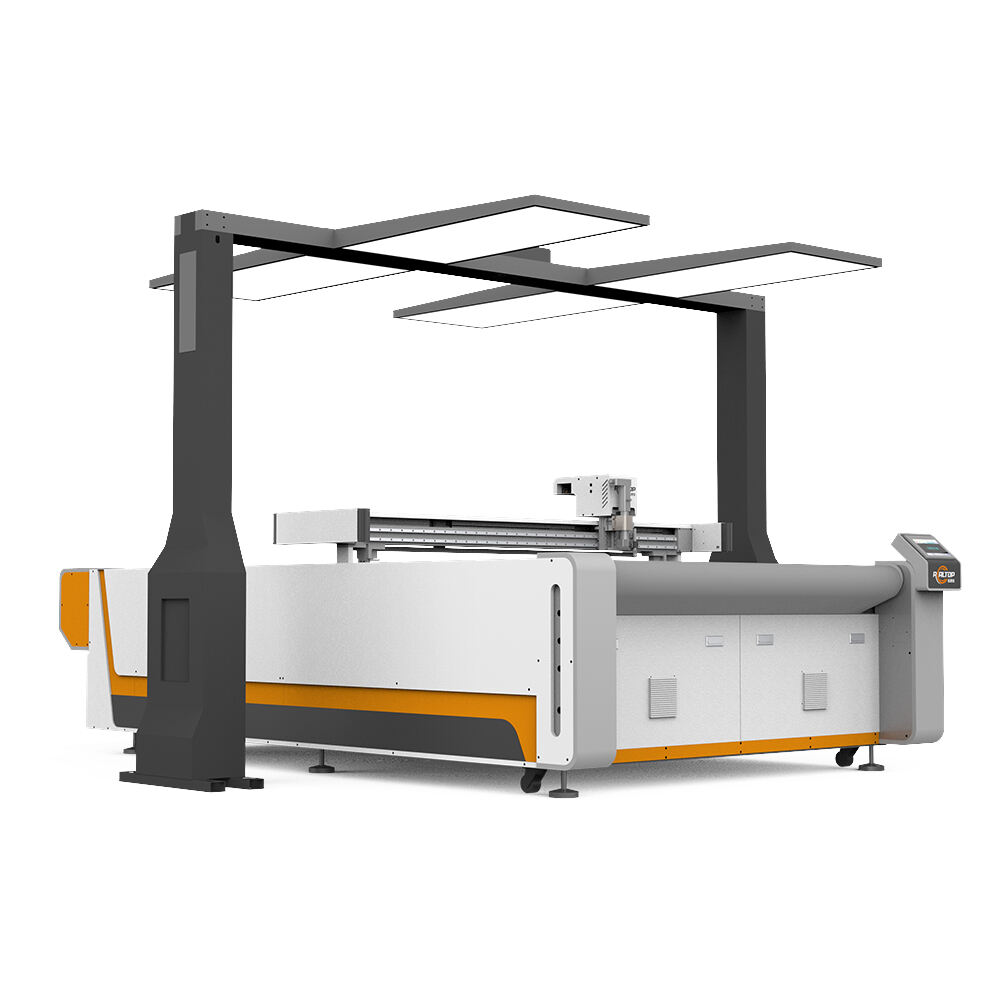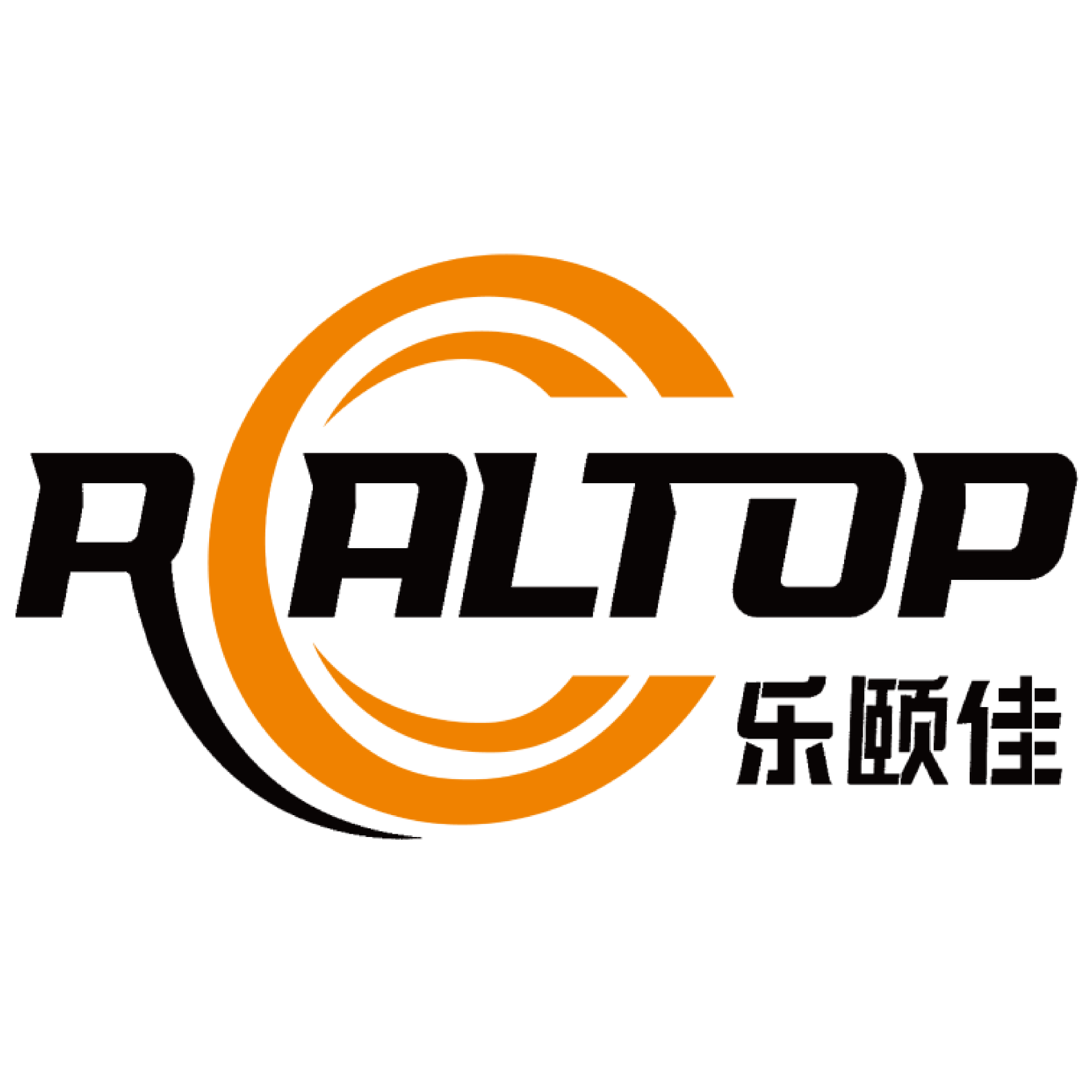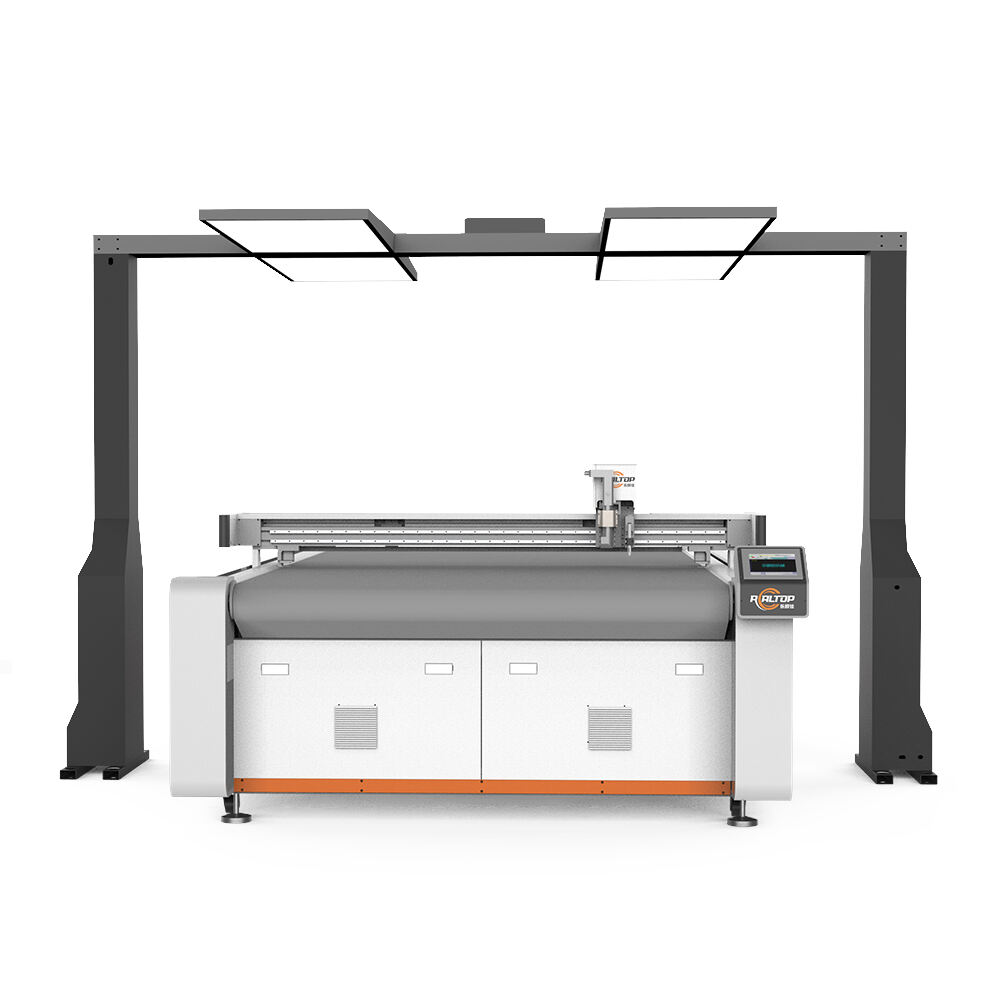What Are the Benefits of Leather Cutting Machines in Manufacturing?
Leather cutting machines have transformed the way leather products are made, from fashion accessories like bags and shoes to industrial items like belts and upholstery. These specialized machines offer a range of advantages over traditional manual cutting methods, making them a valuable asset for manufacturers. By improving precision, speed, and material usage, leather cutting machines help businesses produce higher-quality products, reduce costs, and meet the demands of modern consumers. This guide explores the key benefits of leather cutting machines in manufacturing, including their impact on efficiency, product quality, and sustainability.
What Are Leather Cutting Machines?
Leather cutting machines are tools designed to cut leather materials—such as natural leather, synthetic leather, or leatherette—into precise shapes and sizes for manufacturing. They range from simple manual die-cutters for small workshops to advanced automated systems used in large factories. Modern leather cutting machines use technologies like CNC (Computer Numerical Control), laser cutting, or oscillating blades to handle different leather types and production volumes with accuracy.
Unlike manual cutting (which relies on scissors or knives and human skill), leather cutting machines are engineered to deliver consistent, repeatable results, making them essential for businesses that require high-quality leather products.
Key Benefits of Leather Cutting Machines in Manufacturing
Improved Precision and Consistency
One of the most significant benefits of leather cutting machines is their ability to deliver precise, consistent cuts. This is critical for leather products, where even small errors can lead to misaligned pieces, wasted material, or products that don’t meet quality standards. Here’s how they achieve this:
- Digital Design Integration: Many leather cutting machines connect to design software (like Adobe Illustrator or CAD programs), allowing users to import digital templates directly. The machine then cuts the leather exactly to the template’s dimensions, ensuring every piece matches the design perfectly.
- Reduced Human Error: Manual cutting relies on operator skill, leading to variations in size, shape, or alignment. Leather cutting machines eliminate this by following programmed instructions, ensuring consistency across hundreds or thousands of pieces.
- Fine Adjustments: Advanced machines allow for micro-adjustments (measured in millimeters) to the cutting path, ensuring even complex designs—like intricate patterns for shoes or custom shapes for bags—are executed with precision.
Consistent, precise cuts mean leather pieces fit together seamlessly, reducing the need for rework and ensuring products look professional and well-made.
Increased Speed and Efficiency
Leather cutting machines significantly speed up the manufacturing process, allowing businesses to handle higher volumes without adding labor. Here’s how they boost efficiency:
- High Cutting Speeds: Automated machines can cut through leather at speeds far beyond what manual cutters can achieve. For example, a CNC leather cutting machine can cut dozens of leather pieces per minute, while a manual cutter might handle only a few per hour.
- Continuous Operation: Many leather cutting machines can run 24/7 with minimal supervision, making them ideal for meeting tight deadlines or scaling production during peak seasons (like holiday sales).
- Reduced Setup Time: Digital templates and quick tool changes mean switching between designs takes minutes instead of hours. This is valuable for businesses that produce multiple leather products or custom orders.
Faster cutting speeds and efficient operation reduce bottlenecks in the production line, allowing businesses to fulfill orders more quickly and take on more work.

Material Waste Reduction
Leather is an expensive material, and waste from poor cutting can significantly increase costs. Leather cutting machines minimize waste through:
- Nesting Software: Many machines include nesting software that arranges multiple leather templates on a single hide to minimize gaps between cuts. This reduces the amount of unused leather, lowering costs and environmental impact.
- Precise Cutting Paths: Clean, accurate cuts mean fewer discarded pieces due to errors. For example, a machine that cuts a shoe pattern with exact dimensions uses less leather than one that cuts oversized pieces.
- Optimized Material Use: Some machines can cut multiple layers of leather at once, maximizing the number of pieces produced from each hide. This is especially useful for high-volume orders of the same product.
Reduced waste directly impacts profitability, making leather cutting machines a cost-effective choice for businesses.
Versatility and Adaptability
Leather cutting machines are highly versatile, capable of handling a wide range of leather types and designs. This adaptability allows businesses to create custom products for different markets:
- Multiple Leather Compatibility: Machines can cut natural leather, synthetic leather, suede, and even thick leather for industrial use. This flexibility means businesses can use the same machine for different products, from delicate gloves to heavy-duty belts.
- Custom Design Support: Whether creating a simple wallet or a complex handbag, leather cutting machines can follow digital designs with precision. This is ideal for businesses that offer custom leather goods or need to adjust designs for new products.
- Scalability: As businesses grow, leather cutting machines can scale with them. A small tabletop machine for a startup can be replaced with a larger industrial system as production increases, without requiring a complete overhaul of the manufacturing process.
Versatility ensures businesses can adapt to changing needs without investing in new equipment for each new product or market.
Enhanced Product Quality
High-quality leather products require precise cuts and consistent materials. Leather cutting machines help businesses achieve this by:
- Clean, Smooth Edges: Machines produce clean, smooth edges that look more professional than hand-cut leather. This is especially important for products where appearance matters, like luxury bags or high-end shoes.
- Consistent Thickness Handling: Leather can vary in thickness, and machines adjust cutting pressure to ensure even cuts. This prevents issues like uneven edges or incomplete cuts that can affect product quality.
- Reduced Damage to Material: Manual cutting can stretch or tear leather, especially delicate types. Leather cutting machines use controlled pressure and sharp blades to minimize damage, preserving the material’s integrity.
Better product quality leads to happier customers, fewer returns, and a stronger brand reputation.
Reduced Labor Costs
Manual leather cutting is labor-intensive, requiring skilled workers to measure, mark, and cut materials. Leather cutting machines reduce the need for manual labor by:
- Automating Repetitive Tasks: Machines handle the cutting process, allowing workers to focus on other tasks (like assembling products or quality control).
- Requiring Fewer Skilled Operators: While some machines need trained operators, they often require less skill than manual cutting. For example, a CNC machine can be operated by a technician with basic training, whereas manual cutting requires expertise to achieve precision.
- Minimizing Rework: Fewer errors mean less time spent fixing mistakes or re-cutting materials, further reducing labor costs.
Lower labor costs improve profitability, especially for businesses with high-volume leather production needs.
FAQ
Can leather cutting machines handle thick leather?
Yes. Many leather cutting machines are designed to cut thick leather, including industrial leather for belts or upholstery. Machines with powerful blades or laser cutters can penetrate multiple layers of thick leather, ensuring clean cuts.
Are leather cutting machines suitable for small businesses?
Yes. There are leather cutting machines for every scale, from affordable tabletop models for small workshops to industrial systems for large factories. Small businesses can start with a manual or semi-automatic machine and upgrade as they grow.
How much training is needed to operate a leather cutting machine?
Training requirements vary by machine type. Simple manual cutters may need only a few minutes of instruction, while CNC or laser machines require more in-depth training (often provided by the manufacturer). Most businesses find that operators can learn to use the machines effectively with a few hours of training.
Do leather cutting machines require regular maintenance?
Yes. Like any machinery, leather cutting machines need regular maintenance to ensure optimal performance. This includes cleaning, blade replacement, and software updates. Most manufacturers provide maintenance guidelines, and some offer service contracts for ongoing support.
Can leather cutting machines create custom designs?
Yes. Advanced leather cutting machines (especially CNC or laser models) can follow digital designs, allowing businesses to create custom leather shapes, sizes, and patterns. This is ideal for businesses that need unique leather products for their customers.
 EN
EN
 AR
AR
 FR
FR
 DE
DE
 IT
IT
 KO
KO
 PT
PT
 RU
RU
 ES
ES



